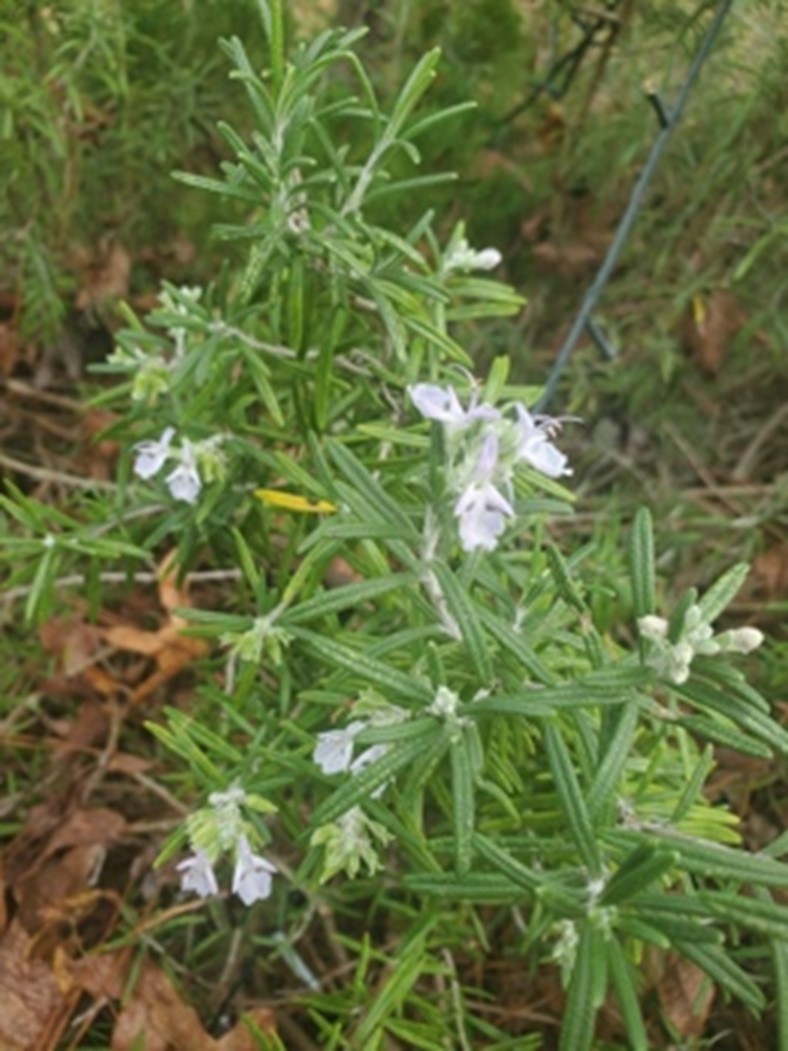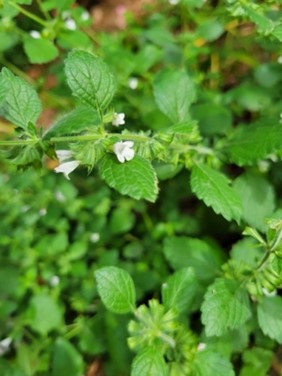Native Plants: How They Can Help Us
Palmetto Dunes Architectural Review Board (ARB) Guidelines require that there be buffer plantings in the 20 feet of wetland buffer zones on our lagoons and lakes. They require that those buffer plantings be native species of plants except where ornamental plantings or plants have been historically prevalent on Hilton Head Island and have been approved by the ARB.
With so many villas and houses being on our lagoons and lakes, many of us are aware of these requirements, but have many of us thought about why we can only use native plantings? Are native plants different from non-native plants we find at our local nursery? The simple answer to that question is a resounding yes! Not only is a native plant different from a non-native plant, but native plants provide benefits that help all of us.
So, what is a native plant? Native plants are those that occur naturally in a given area. They are adapted to local environmental conditions, so they require less water – good for us because as we know, water is our most valuable resource. They are also the lifeblood for all the animals, insects and birds that live in that area. The National Audubon Society gives a great example of the difference between native and non-native plants. Research has shown that native oak trees support over 500 species of caterpillars; ginkgoes, commonly planted but imported from Asia, only support 5 species of caterpillars.
Native plants also help people more directly. Two things frequently on our minds in Palmetto Dunes, other than pickle ball and golf, include how to control mosquitoes and how is the next hurricane going to affect us. Native plantings can help with both of those things.
Natural Mosquito Repellants
Many of the native plants that help keep mosquitoes away, such as lavender, rosemary, basil, lemon balm and lemongrass, are not listed as buffer plants, but they can and do work well in other parts of your garden. Some, you can even eat! Live in a villa? Consider planting some herbs in pots to place on your deck or balcony. What could be better than keeping the mosquitoes away and being able to add fresh herbs to your cooking.
At least one plant listed is good at keeping mosquitoes, and other bugs away – the Hooded Pitcher Plant. It is a beautiful carnivorous plant that uses nectar glands in its hood to attract mosquitoes and other insects, which then fall into the plants slippery tube.
Hurricane Help
Hurricanes cause damage in many ways. Other than water, one of the biggest dangers from hurricanes is falling trees. As was evident with the damage from Hurricane Helene, trees with shallow roots often get uprooted when the soil gets so saturated. Other trees that have decayed cannot withstand the strong winds. Healthy trees with deep roots are less likely to succumb to the forces of the hurricane.
Of course, we all know our treasured Live Oaks on Hilton Head Island – beautiful, sturdy, long-lived and resistant to hurricane winds and rains – they are broad trees that allow the winds to pass over them, have deep roots and branches that curl downward, shed their leaves easily to allow the air to flow through, and have dense wood resistant to decay. They are great for our beachside community because they are resistant to salt spray and also absorb fertilizer, pesticides and other contaminants from the soil, breaking them down and using them as nutrients. They have so many benefits that we can all forgive them for those Spring-time dumps of all their leaves.
Wrapping it up
Even if we are not subject to ARB guidelines regarding native plantings, I encourage everyone to look at the list they provide in Appendix C of the Guidelines and consider those and other native plants next trip to a nursery. Native plants have more benefits than I can touch on in this article. Please join us on Facebook where I plan to do periodic posts about our native plants and animals.



